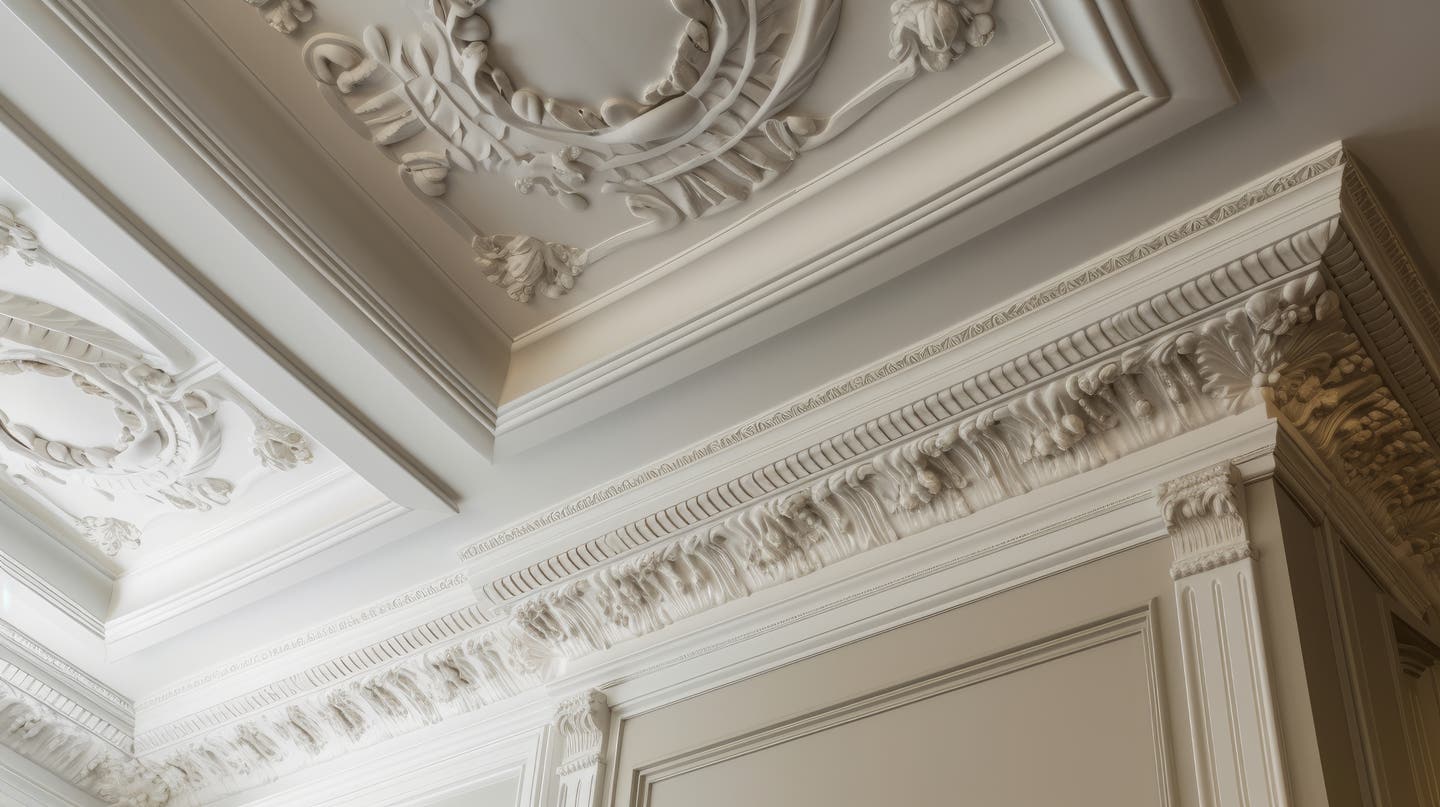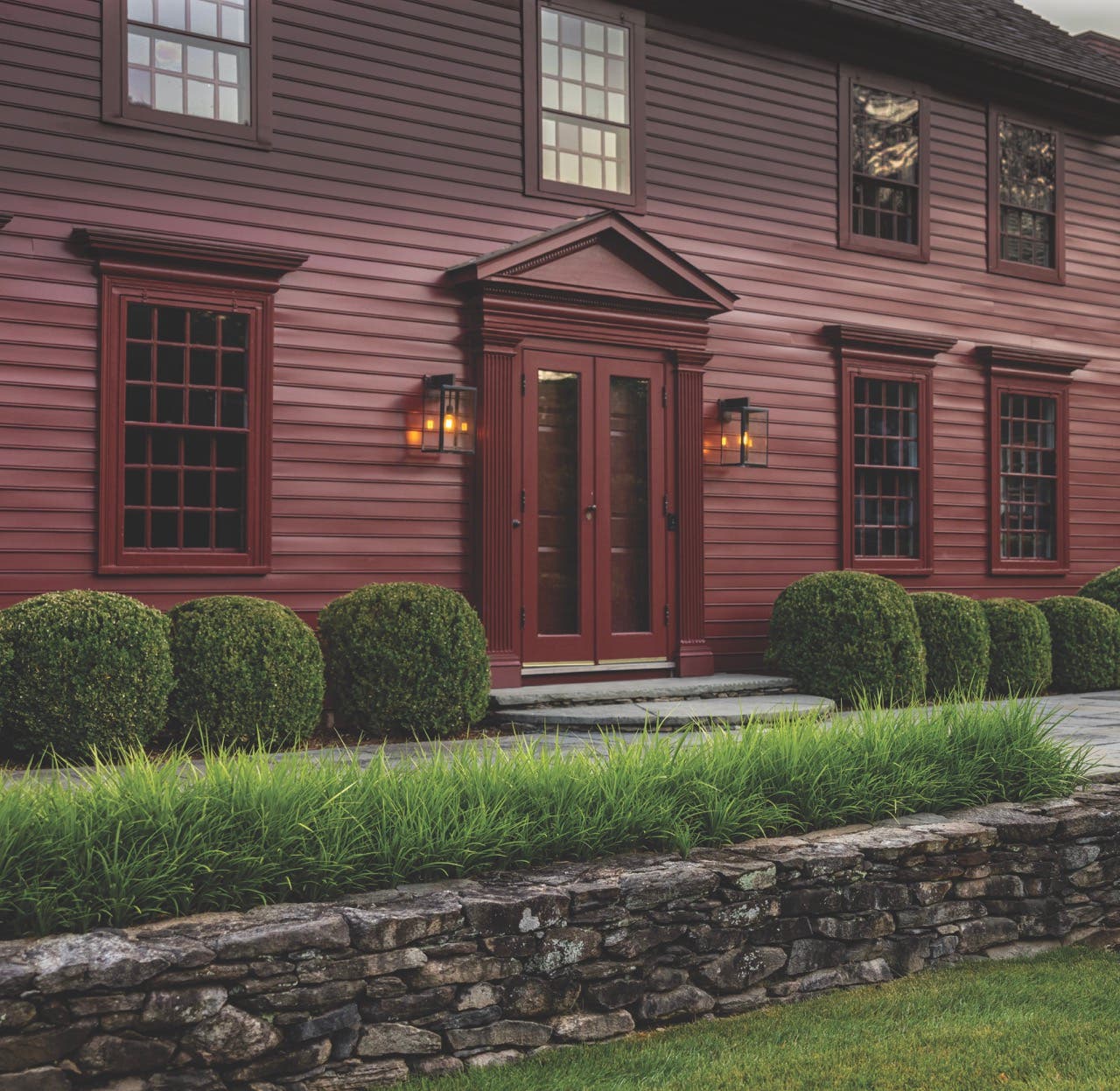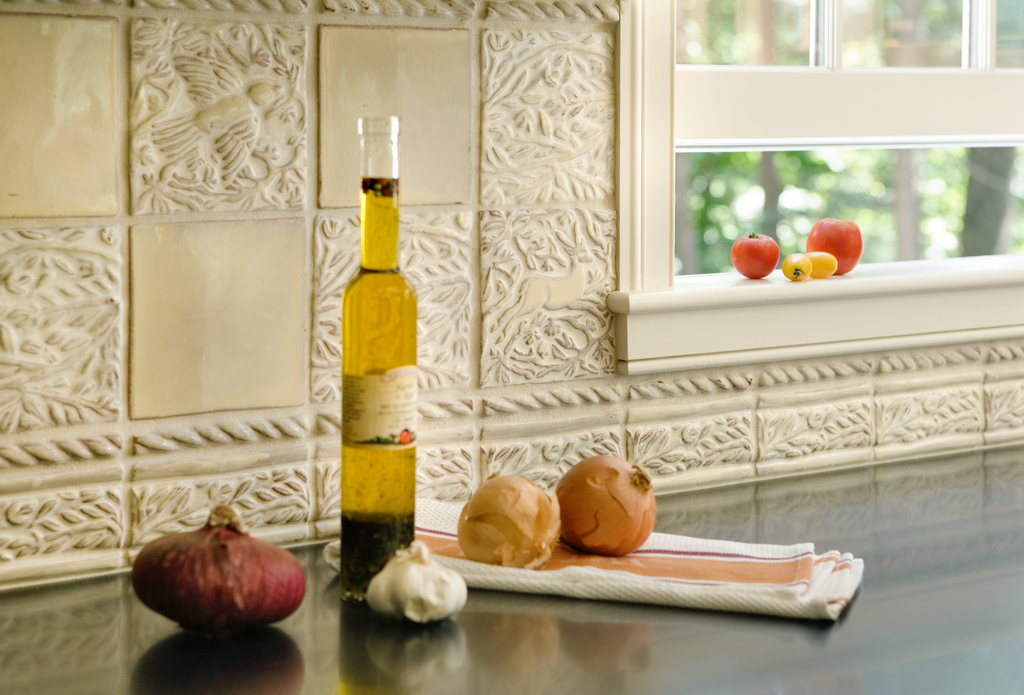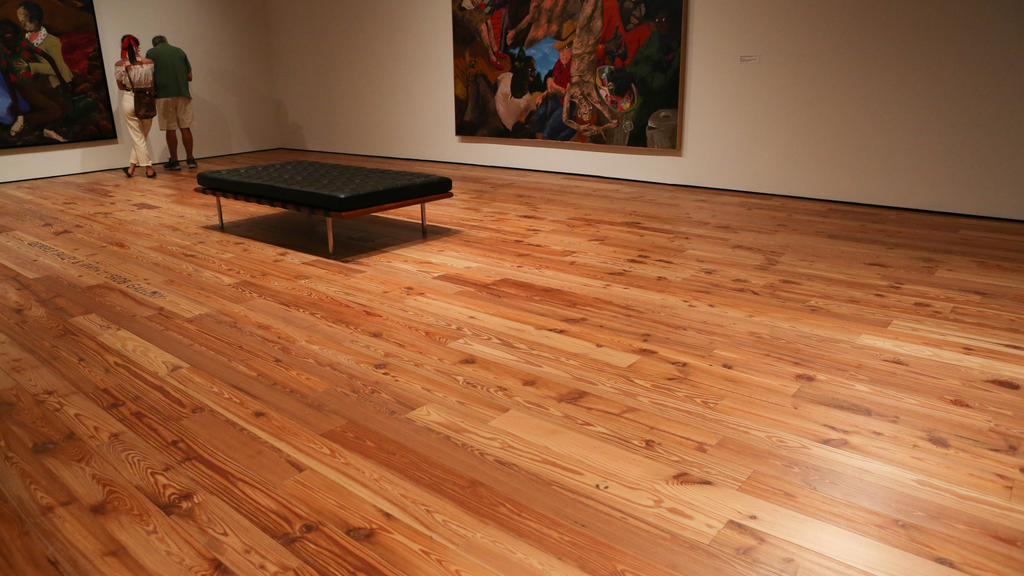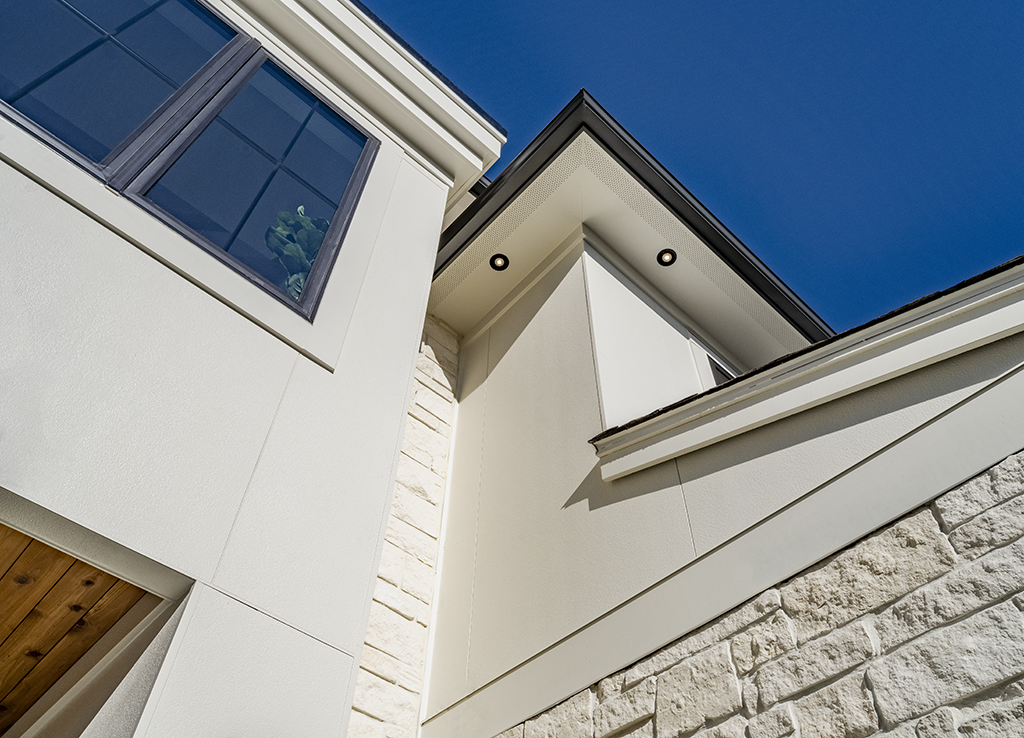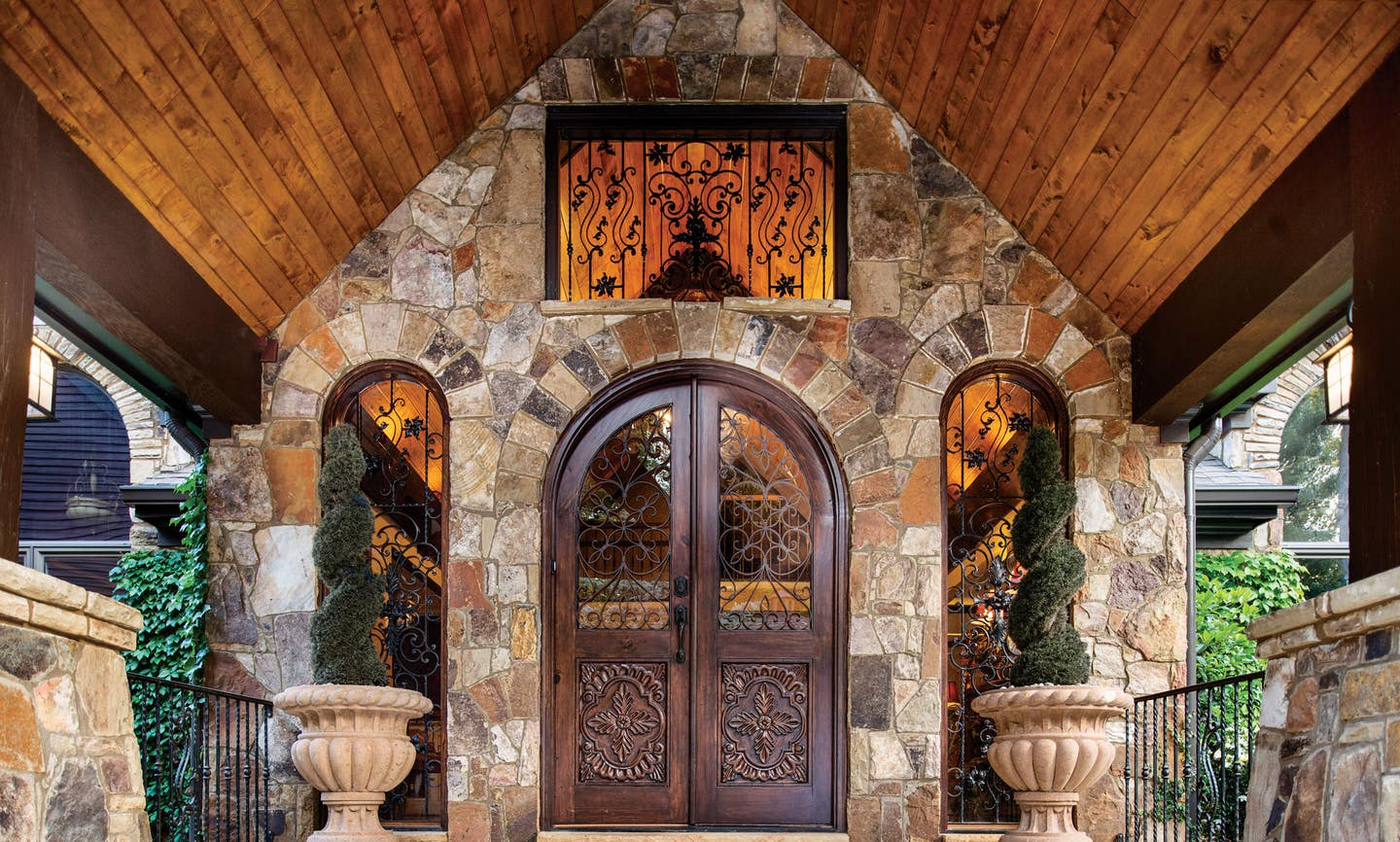
Product Reports
Building with Natural Stone for Home Additions, Repairs, and New Old Homes
Choosing natural stone, whether to match existing stonework for additions and repairs or to build new projects, is not rocket science, but it is part earth science. Not only must buyers consider the architectural needs of appearance and dimensions, but also how this natural building material varies, stone to stone, and how it will perform in different applications and environments around the continent.
According to Nadia Perez at Aztec Stone Empire in Norcross, Georgia, the first step in matching natural stone is to correctly identify the color and texture. “Those are the two stone characteristics that you can’t change,” she explains. After that, there are the shapes, sizes, thicknesses, installation techniques, and finish to consider, “and of course, the budget.” In the case of veneer stone, for example, buyers should know whether they need full-size veneer or thin veneer and understand that, because natural stone is a natural material, dimensions can vary. “A piece of 1-inch stone may actually be ¾ to 1 ¼-inch thick—something most architects would know but a homeowner may not.”
As a leading natural stone supplier in the Southeast, serving both commercial and residential markets, Perez notes they are known for their knowledge of the industry, quality, and vast inventory, working with over 120 quarries throughout the United States and a few overseas. “We have a lot of flagstone and granite,” she says, as well as Indiana limestone, various sandstones, quartz, and river boulders and rocks. One of their most common flagstones is Pennsylvania bluestone quarried in Northeast Pennsylvania. “It’s quite popular here,” she says. “I’d say we get at least 15 calls a day for bluestone,” noting that it’s commonly used for paving—especially for step treads—and for copings around the perimeters of pools. “Sometimes the coping will be circular, but if people have different shapes and designs in mind, we can always do that.” She says they specialize in custom fabrication, whether the customer wants treads, full-coping, or unique patterns. “We usually have a four-piece pattern, but maybe the customer wants six different sizes.”
Read Townhome Stonework
Regional stones are a specialty. They include Tennessee ashlar, a course-grained fieldstone widely used for veneers and building walls, and Crab Orchard stone, a unique, unusually hard sandstone quarried only in Crab Orchard Mountain, Tennessee. Originally considered worthless and only used locally, it was “discovered” by architects in the 1920s, most notably Henry Hibbs who used it for the Gothic Revival chapel at Scarritt College in Nashville. A beautiful, rose-colored stone mottled with streaks of brown, it gained a national reputation in buildings from IRS Headquarters in Washington, D.C., to Elvis Presley’s mansion, Graceland. Another is sunset sandstone. “That’s actually from Savannah,” says Perez, “and is one of our newest products.” It can be used for flooring and treads as well and, being lighter in tone, is a little bit different than what they usually sell, she says.
A favorite flooring and paving material for walks and drives is their cobblestone product. “One of our most popular cobbles is granite,” says Perez, “but we can make them pretty much out of any stone—they just need to be cut and tumbled.” Here again, the customer should first determine the desired color and texture, “because we can pretty much manipulate anything else: shape, size, thickness, and finish.”
Factoring in Climate
For outdoor applications, climate becomes a big factor in selection. “Knowing the resistance of a specific stone to a certain climate is crucial,” she says. “For example, if the climate is very humid, and the stone very porous, it will absorb moisture.” Then if the temperature drops below freezing, the water will freeze, expand about 10 percent, and potentially crack the stone. It is this swing, or freeze-thaw cycle, that is the threat; climates that stay continually below freezing all winter pose less of a problem. Paving stones are more vulnerable to freeze-thaw than other installations because water will dwell longer on a horizontal surface than on a vertical one. “In climates where it gets humid and cold, you want stone that’s dense, not very porous.”
Traffic Considerations
Durability is another key point. “Pavers, treads, and cobbles that are walked on constantly are prone to more wear than stones that are not, so it’s always better to choose denser stone where there’s heavy traffic.” The stones she says her company recommends in their market for paving durability are bluestone, Crab Orchard, and limestone. Heat absorption and reflection may also be important for paving stones. “If your project is in, say, Arizona, where the temperature runs to 100 degrees F. all the time, the best stone to place around your pool is probably not the thickest stone or densest stone. Granite, for instance, can get really hot.”
Gordon Bock, co-author of The Vintage House (www.vintagehousebook.com), is an in-demand speaker for courses, seminars, and keynote addresses through www.gordonbock.com.




